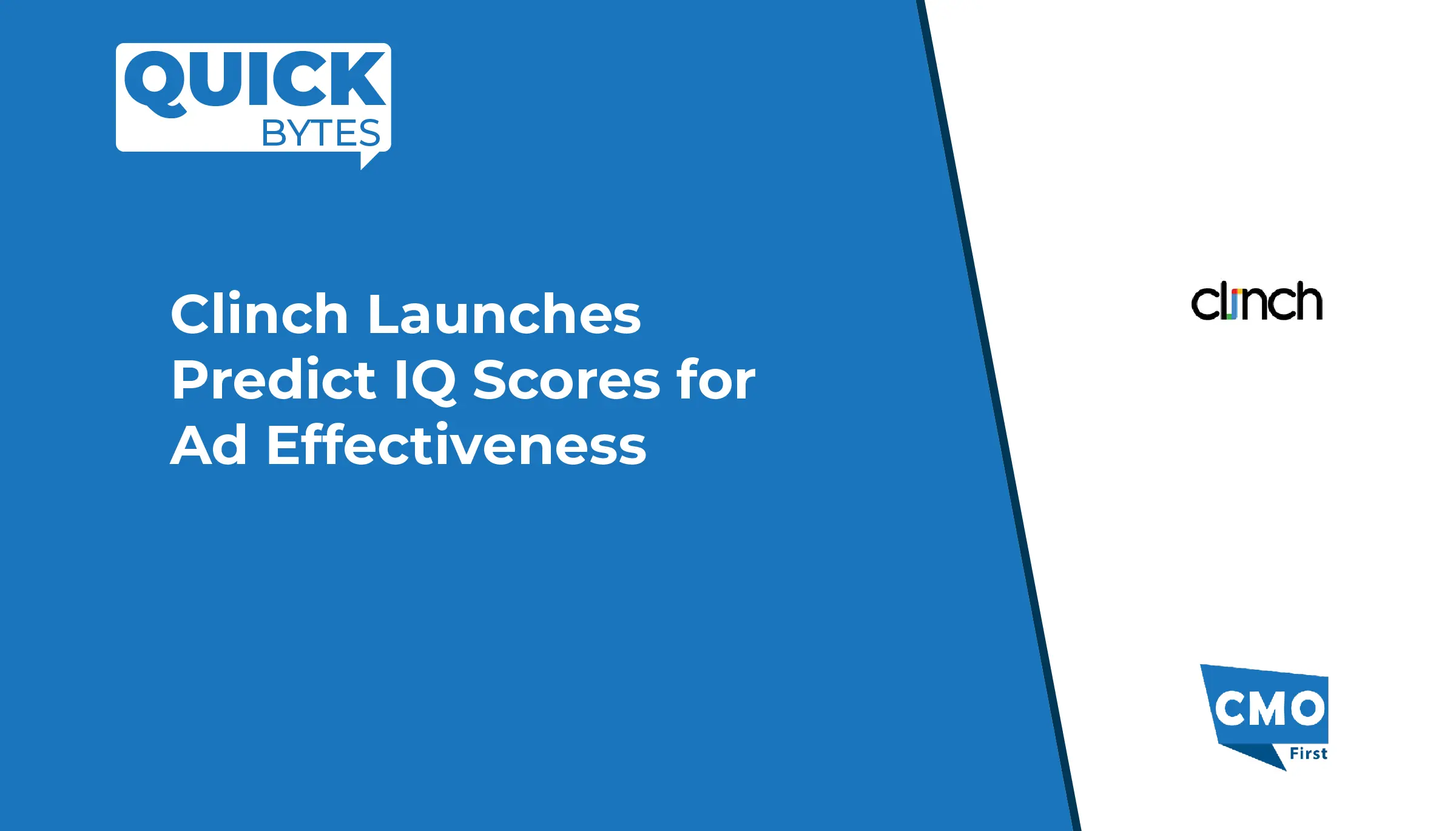DoubleVerify, a leading software platform for media quality verification, performance optimization, and campaign outcome measurement, announced a significant expansion of its brand suitability measurement capabilities on Meta platforms. DV’s post-bid brand suitability measurement is now available across 30 distinct content-level categories for Facebook and Instagram Feeds and Reels, delivering greater transparency and control to advertisers.
This rollout is part of DV’s broader innovation roadmap, driven by client feedback and evolving advertiser needs. The expanded capabilities build upon DV’s earlier release of automated content-level controls for Facebook and Instagram, offering end-to-end suitability solutions and robust content-level reporting in 34 languages.
“Our partnership with Meta is focused on delivering real, measurable value to advertisers,” said Mark Zagorski, CEO of DoubleVerify. “By unifying suitability controls and measurement across all of DV’s content categories, we’re giving brands the tools to drive stronger performance on Meta’s Feeds and Reels—with more control, more transparency, and more impact.”
Also Read: Sprout Social Acquires NewsWhip, Enhancing Predictive Intelligence Capabilities
DV’s unified media authentication approach delivers measurable value at every stage of the media lifecycle. Pre-campaign, DV’s content-level controls proactively assess inventory and automatically block placements that don’t align with a brand’s specific suitability criteria. Post-campaign, advertisers benefit from detailed reporting that analyzes ad delivery and content adjacency-ensuring brand messaging appears in safe, appropriate environments.
Central to this new offering is DV’s AI-driven Universal Content Intelligence™ engine, which analyzes multimodal elements-video, audio, speech, image, and text-to generate high-fidelity content classification at scale. The platform’s innovative key frame extraction technology pinpoints the most relevant moments in video content, enabling faster, more accurate classification while minimizing environmental impact through improved computational efficiency.























Leave a Reply